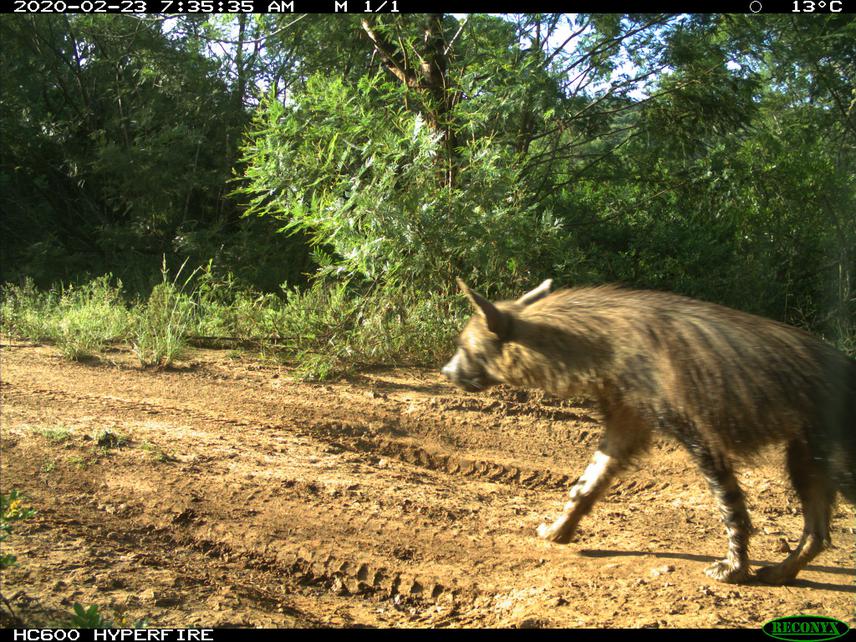Jessica Comley
Other projects
6 Feb 2017
Carnivore Intra-Guild Competition in Selati Gam Reserve, Limpopo Province, South Africa
The overall aim of our research is to collect genetic data from both museum specimens (past) and field-based research (present), to gain insight into the potential effects that the small (<400 km2), enclosed reserves in the Eastern Cape (South Africa) may have on the genetic structure and diversity of brown hyaenas (Parahyaena brunnea). Determining the population genetics, genetic diversity and genetic structure of brown hyaenas from past and present data will allow us to evaluate levels of potential inbreeding and/or dispersal, while illustrating the importance for conservation genetics in conserving biodiversity.

Majority of South Africa’s conservation areas are small and unable to naturally support viable populations of large carnivores (>20kg), as natural processes such as immigration and emigration are curtailed by electrified predator-proof fencing. Though fences minimize human-wildlife conflict, they have forced carnivores to live in physical isolation, which raises concerns about genetic diversity. Isolated carnivore populations could experience inbreeding and loss of genetic variation due to genetic drift (disappearance of particular genes), which may in turn affect long-term persistence. Genetic diversity plays a vital role in protecting wildlife against widespread epidemics, which affects a carnivore’s disease resistance and ability to adapt to future environmental change.
Large carnivore research has predominantly focused on population declines and species’ distributions, whereas relatively few studies have explored losses in genetic diversity and associated conservation interventions. Establishing baseline genetic diversity for species is crucial in determining whether genetic isolation warrants species conservation and allows for future comparisons to be made to demonstrate the decline or recovery of species. Although meta-population management plans have been successfully applied for the conservation of wild dogs (Lycaon pictus) and cheetahs (Acinonyx jubatus), to date no guidelines or meta-population management schemes exist for maintaining the natural genetic structure of many large carnivores, including brown hyaena, which is a major conservation management challenge. Brown hyaena are the rarest of all extant hyaena species as their population is estimated at < 10 000 individuals worldwide. The impact of fences (i.e. enclosed reserves) in South Africa on the social organisation and behaviour of brown hyaenas has never been empirically tested.
Therefore, elucidating the genetic structure and gene flow (e.g. relatedness of individuals within and between reserves) of brown hyaenas in the Eastern Cape will add to our limited understanding of the mating system and dispersal behaviour of these animals in small, enclosed reserves.